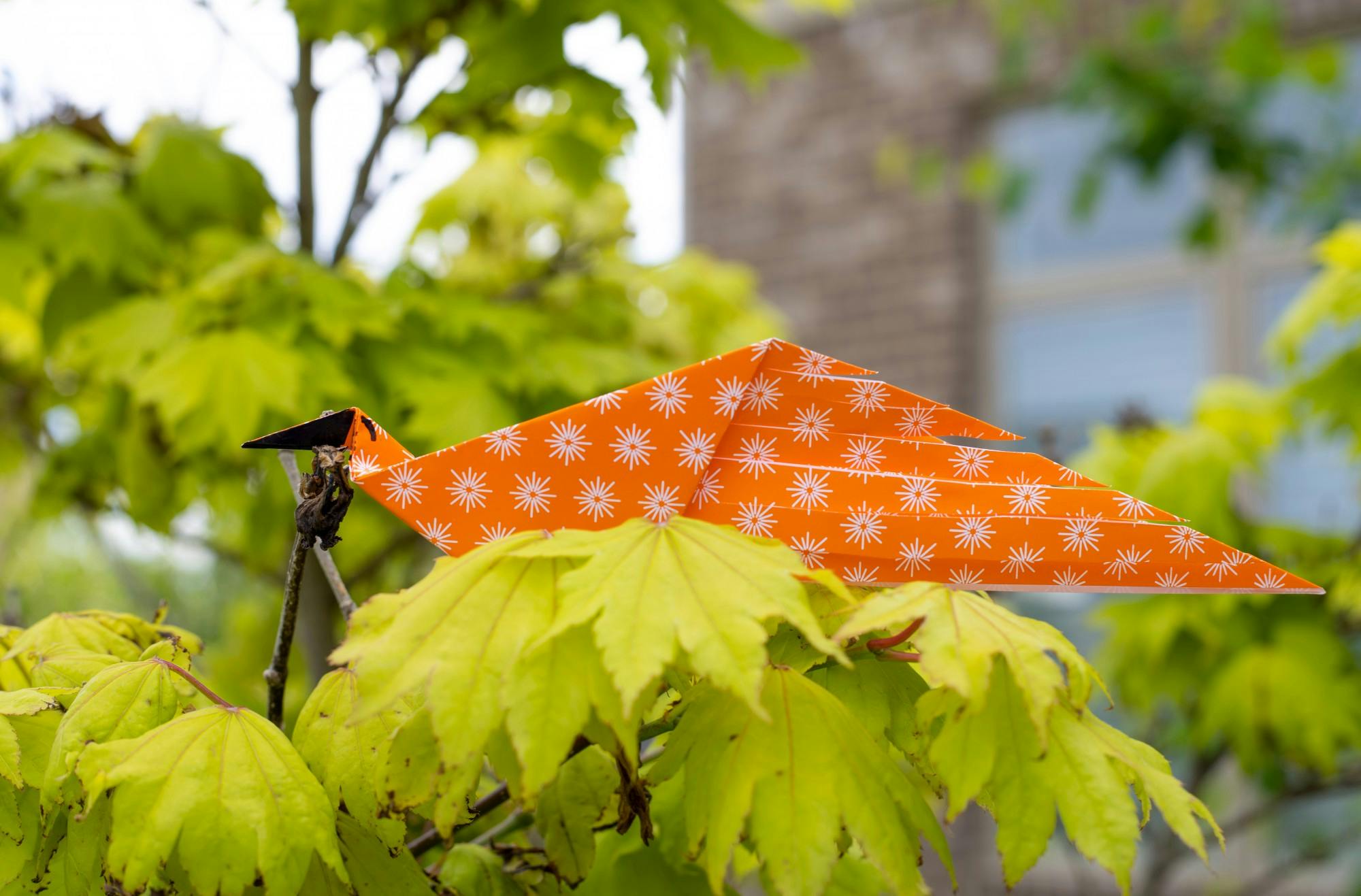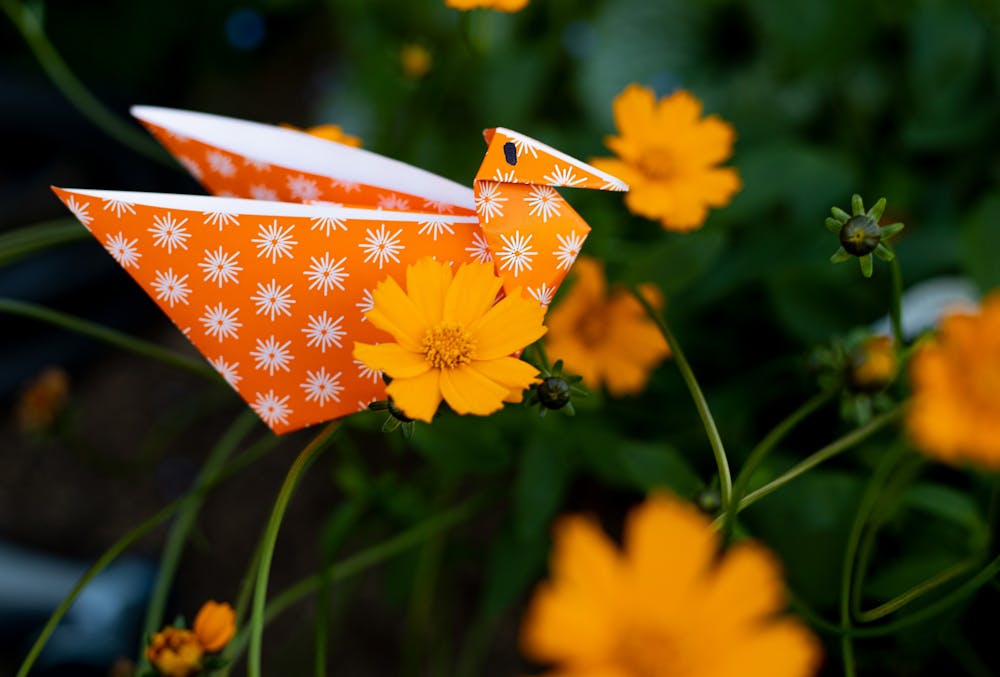I used to hate origami. I understand if you have no interest in it. This column might not change your mind, but just hear me out.
I’ve tried to change my outlook on origami and hope it changes my current view on life during the pandemic. And for the most part, I think it’s kind of worked.

The thought of doing origami only crossed my mind when, to make my quarantine life a little less boring, my mom set up a “table of fun” in our living room. Initially consisting of a calligraphy set and “brain teaser games,” it did not look very fun to me, despite its name. But on an especially boring and rainy day, the stack of origami paper on the table caught my attention.
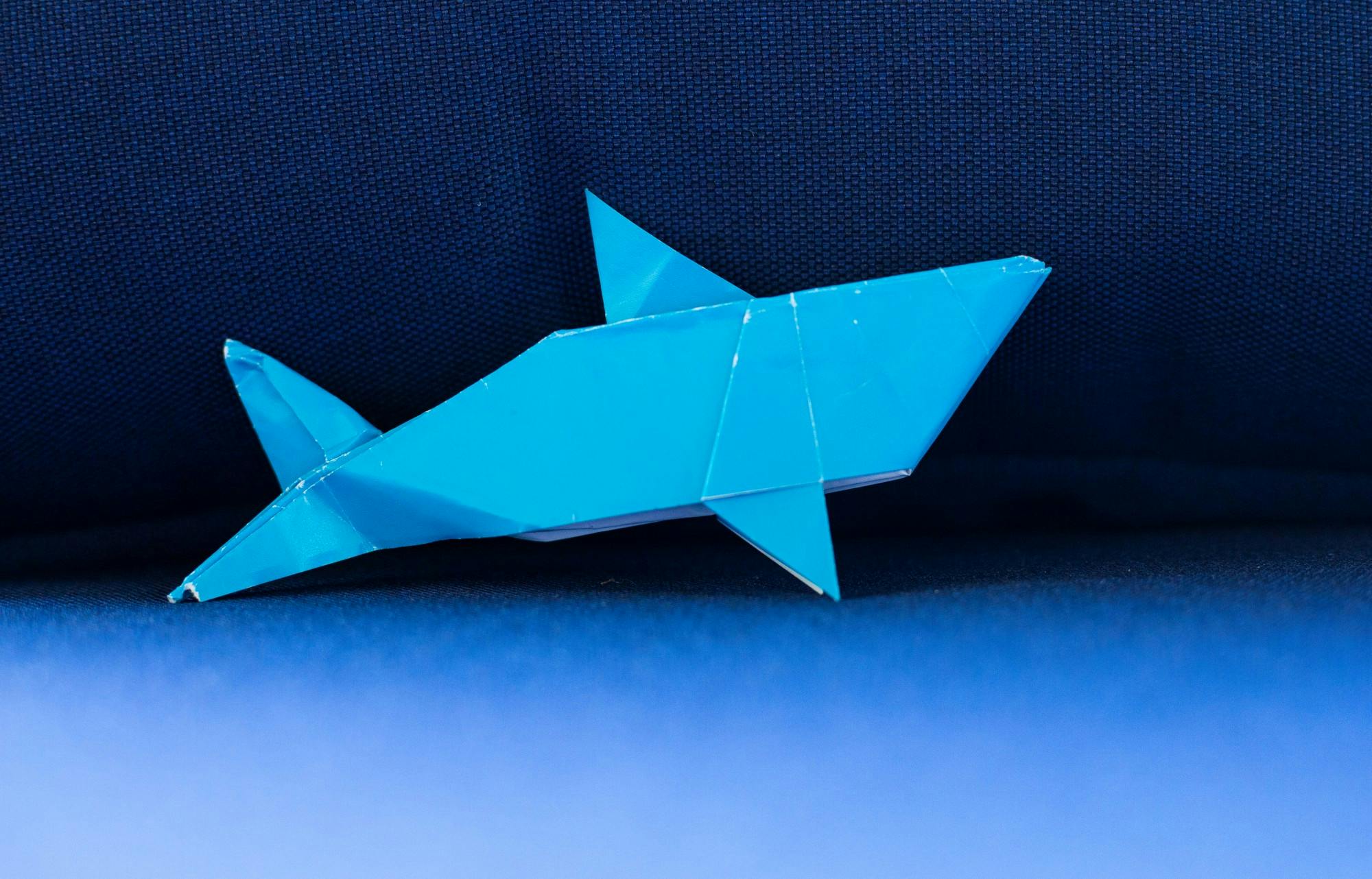
My brain in quarantine has teetered between thinking that there is going to be no end to the madness, and then thinking everything will be OK if I can just get through this pandemic. That’s when I decided I could practice “getting through” something with an art form I felt like I could never get through before, origami.
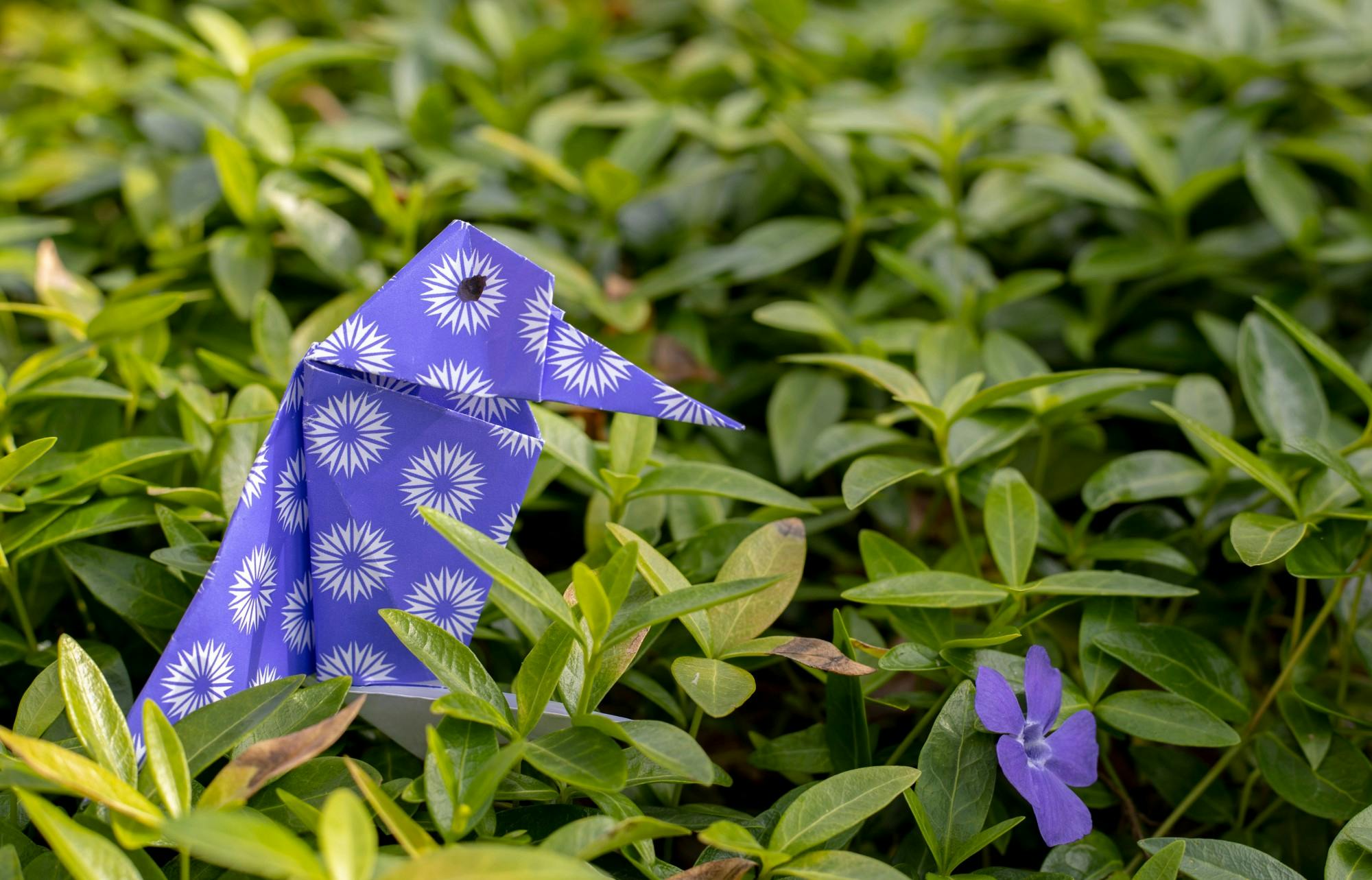
Before quarantine, I rarely ever thought about origami. When I did, the thought of trying to make a complicated piece would make me cringe. I would think about all of the inevitable frustrations that come with messing up. I would think about all the times I couldn’t make a piece just because of a single, difficult fold. And of course I would think my younger sister, Lily—a Notre Dame student with a 4.0 GPA—could do it better than me.
Now I approach origami differently. Every time I encountered a difficult fold I thought I couldn’t do or struggled to understand, I didn’t just stop. I would call my friends or go on social media and explain all of the steps I did that led to the mistake. When I would talk through it, I almost always discovered what I did incorrectly.
Sometimes, after research—a.k.a. reading the comment sections on YouTube tutorials—and discussions with friends I’d discover that I actually could not execute certain folds. For example, when I made a “magic cube rose,” I realized my paper wasn’t the correct type of material to bend like a rose. I accepted that it wasn’t possible and then moved on.

I think a lot of my experience with difficulties in folding can be applied to my struggles in quarantine. I’m not really good at talking about my emotions. But just like I learned to talk through all of my struggles in origami, I’ve learned to start talking about my struggles in quarantine. I can try to point to specific things I’ve done and felt and ask myself how I got to where I did and where I can go.
And sometimes, I just accept that I can’t get through everything the way I want to. Maybe I don’t have the right type of paper. Maybe I don’t have all of the right tools to fix my problems.
Sometimes I do have to remember that origami is not the real world.
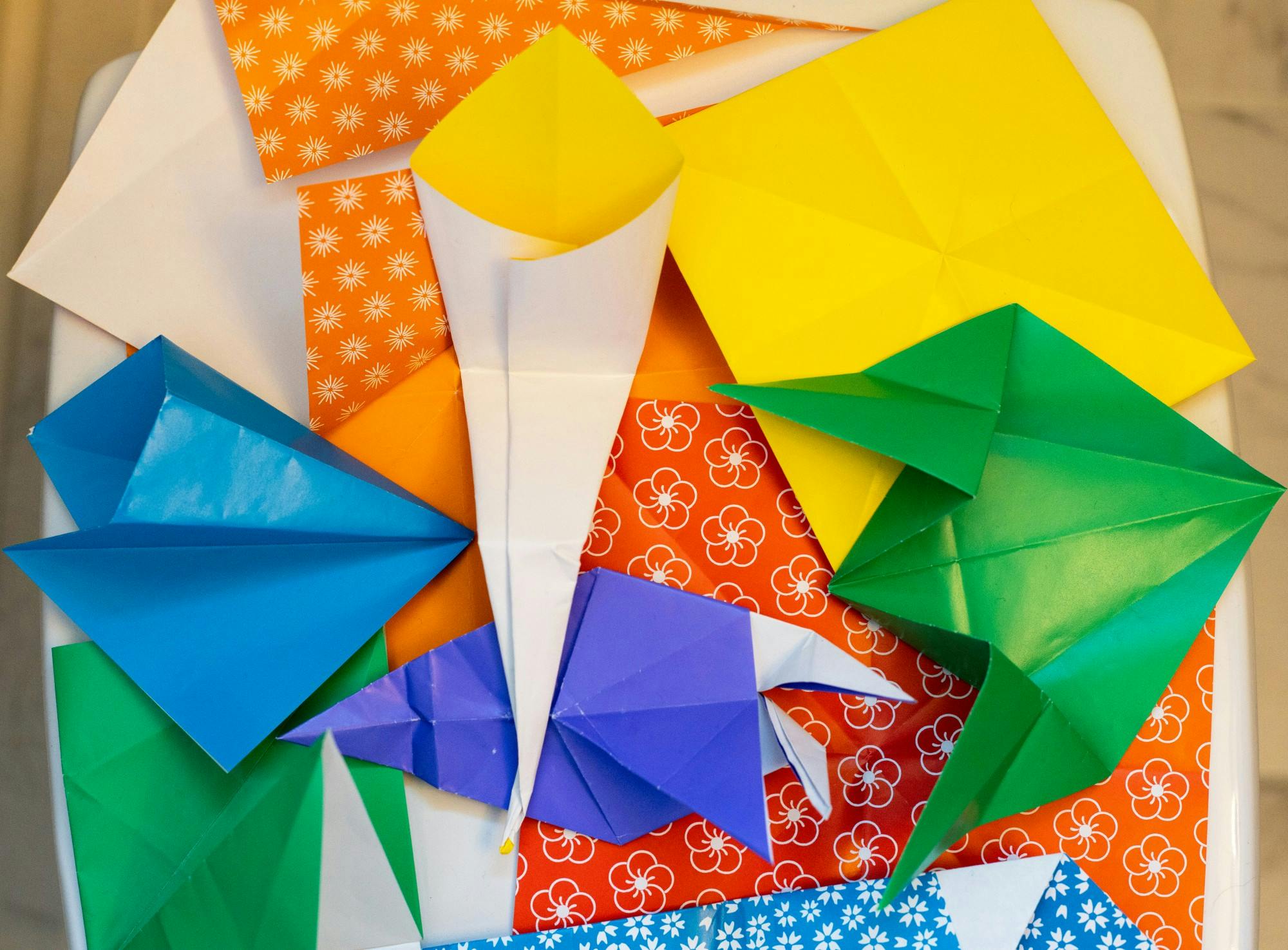
There are a few times that I have gotten really upset over a failed piece of origami. "It's just paper," a friend told me. I keep having to remind myself that if I fail in origami, I haven’t failed in life. I have only simply incorrectly folded a piece of paper, and I can always try again.
The final part of this entire analogy is the comparison aspect of origami. It's so easy to become frustrated because the person in the origami tutorial you are watching online just executed a difficult fold with such ease. Or, in a completely hypothetical situation, your sister makes every piece of origami perfectly the first time.
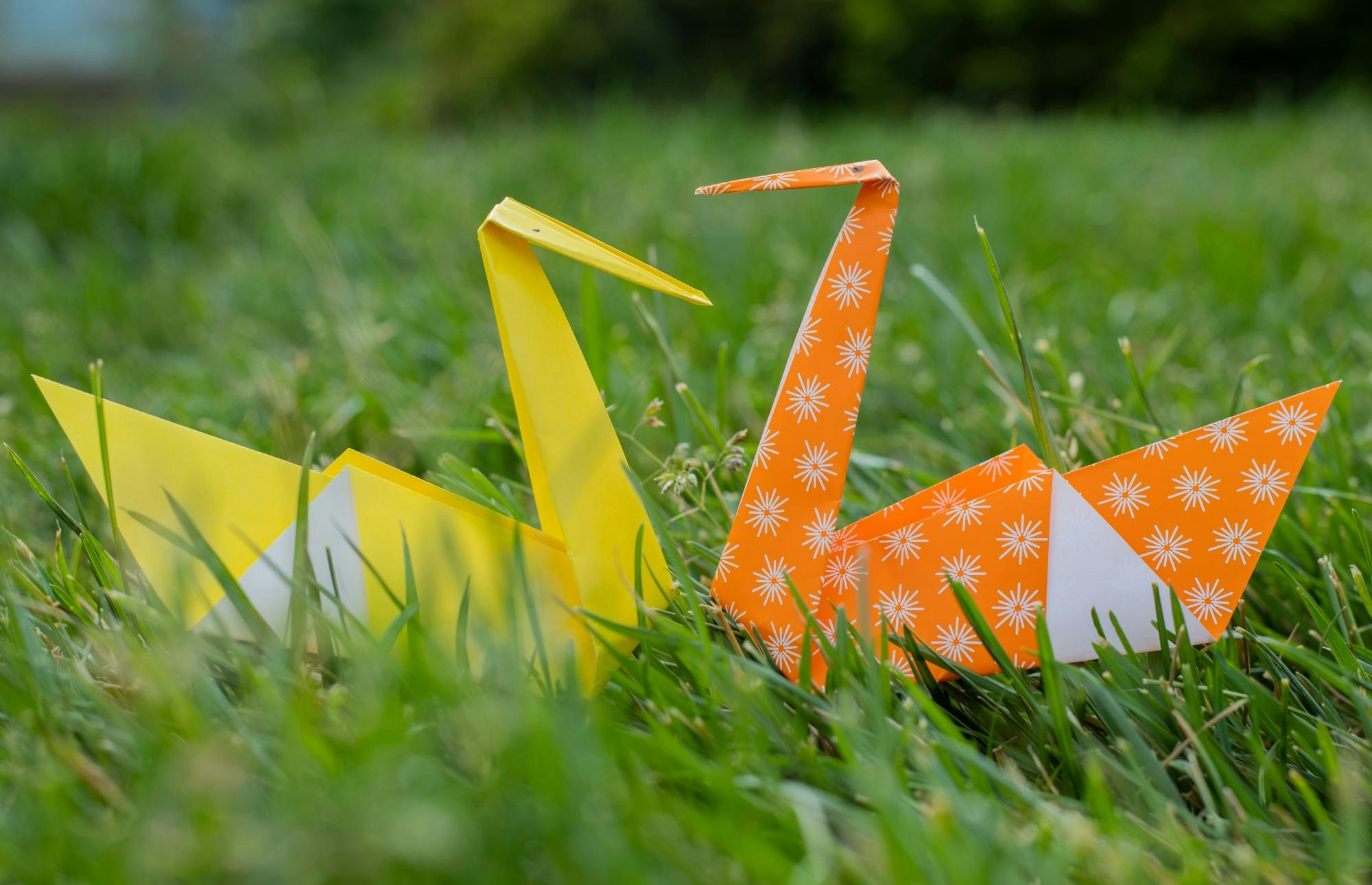
But I have to continue to remind myself, I am not them, and I am not my sister. And there is nothing I can do about it. I can still make my origami piece, and maybe it will take a few more tries. But so what? I will still have the same finished product at the end.
I’ve also tried to apply this to my quarantine life. I find myself comparing myself to people on social media who seem to be breezing through this time. But they are not me, and I am not them. I can only do my best.
Okay so, yes, origami can be time-consuming, frustrating and exhausting, but it can also be a low-stakes challenge to better yourself and view life differently.
